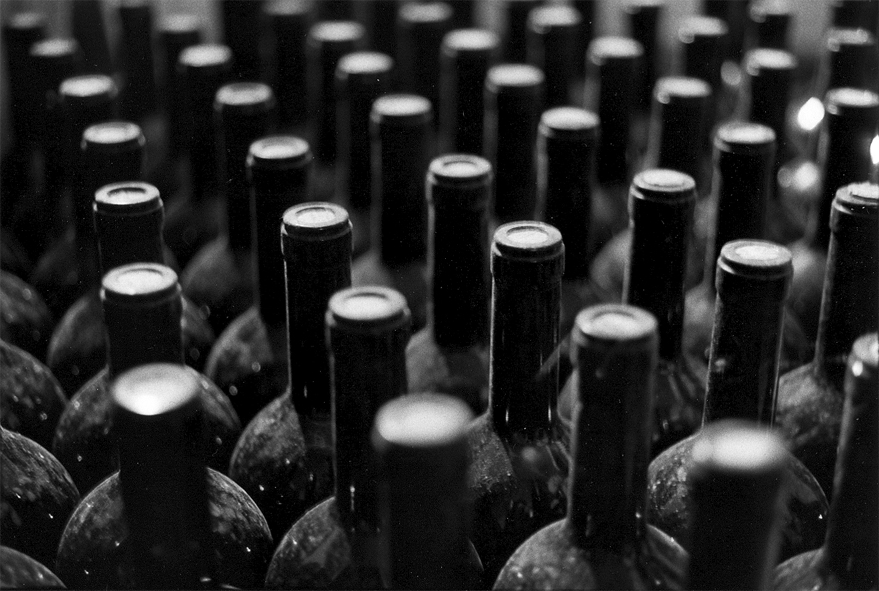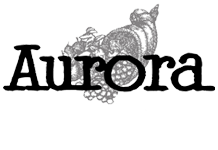

The Falerio of Aurora is made with 50% Trebbiano, 25% Passerine and 25% Pecorino
Yield of grapes per Hectare: 7000 kg
Bottles made: 16000
The vineyard and the winemaking:
The vineyard has a S/SE exposure at 180 meters above sea level. The vines have an age of approximately 30 years. The soil is calcareous, clay soil with veins of sandy soil.
The grape varieties were each harvested separately. Pecorino September 3, 2015, Trebbiano on September 4 and the Passerina on the 9 rd.
The grapes were immediately pressed with a pneumatic press. The must was chilled to around 10 degrees C. and decanted for approximately 12 hours. Racking was then done to remove the heavy lees and was inoculated with must which had already begun to ferment spontaneously. The fermentation was temperature controlled at 20-22 degrees C. and continued for around 18 days; another 3 rackings were done prior to bottling with the first to again remove the heavy lees and the final 2 for clarification. The wine was filtered at 0.45 microns and bottled on April 5, 2016.
Tasting:
Light yellow color with greenish hues.
Whispered, tender floral aromas with a hint of jasmine; incorporated with notes of pear and golden delicious apples and a touch of hay.
In the mouth one tastes a prolonged, bright acidity which remains in harmony with a light body and softness which develops into a final fruity finish.
A classic white wine for springtime, it has a natural predisposition for all dishes with a base of seasonal vegetables. Try it with a dish of creamed peas with goat ricotta and mint.
Analysis:
- Alcohol: 12,57%
- Total acidity: 5,1 g/L
- Total anhydrous sulfur: 0.74 g/L
- Dry extracts: 19,8 g/L
- Residual glucose and sucrose: 1.1 g/L
The label is a work by the artist Carlo Marchetti representing the winery by showing the raising of the mythological wagon of Aurora.
The Falerio of Aurora is made with 50% Trebbiano, 30% Passerine and 20% Pecorino
Yield of grapes per Hectare: 7000 kg
Bottles made: 13,350
The vineyard and the winemaking:
The vineyard has a S/SE exposure at 180 meters above sea level. The vines have an age of approximately 28 years. The soil is calcareous, clay soil with veins of sandy soil.
The grape varieties were each harvested separately. Pecorino September 15, 2014, Trebbiano on September 18 and the Passerina on the 23rd.
The grapes were immediately pressed with a pneumatic press. The must was chilled to around 10 degrees C. and decanted for approximately 18 hours. Racking was then done to remove the heavy lees and was inoculated with must which had already begun to ferment spontaneously. The fermentation was temperature controlled at 18-20 degrees C. and continued for around 20 days; another 3 rackings were done prior to bottling with the first to again remove the heavy lees and the final 2 for clarification. The wine was filtered at 0.45 microns and bottled on April 8, 2015.
Tasting:
Yellow-green color with a sunny luminosity.
Immediately pleasant aromas, lightly aromatic, delicate and yet deep with fresh notes of broom flowers and citrus, enriched by a touch of ginger.
It is a wine of great drinkability, nicely paired with simple seafood antipasti with which it exalts the freshness of the catch such as a squid salad or shrimp with an oil and lemon dressing.
Analysis:
- Alcohol: 11.7%
- Total acidity: 6.0 g/L
- Total anhydrous sulfur: 0.74 g/L
- Dry extracts: 20.7 g/L
- Residual glucose and sucrose: 1.8 g/L
The label is a work by the artist Carlo Marchetti representing the winery by showing the raising of the mythological wagon of Aurora.
TREBBIANO: presumably originated in the eastern mediterranean basin, it is most diffuse in Italy and then in France where it is called Ugni Blanc. In Italy it is mostly cultivated in Central and Southern Italy. In the North of Italy it sees limited cultivation and in general it is decreasing in production in favor of other native grapes and newly introduced varieties. The wines obtained from this grape are usually pale colored with a good acidity, but not very aromatic and often neutral in character. In order to boost its organoleptic and aromatic qualities, it is preferable to mix with other varieties. It does very well as a grape for making passito wines and Vino Cotto (cooked wine).
PASSERINA: a grape variety related to the trebbiani family, it is considered native to east-central Italy. It is most commonly found in Le Marche and under other denominations also in Abruzzo and Romagna. It has been discovered to be identical to the Pagadebito gentile grape of Romagna. With the rapid increase in the practice of specialized vineyards in the 1960’s, its diffusion underwent a contraction in favor of Trebbiano Toscano which had higher yields, but less quality. Passerina is a variety known to offer a good yield with high quality grapes well regarded for its high acidic component. By controlling the yield one can increase the sugar content of the grapes. The richness of its acidic component help make it ideal for spumante wines with either classic method or Charmat. The versatility of the variety has allowed for it to enter the DOC “Offida”, in which, other than Spumante wines, one finds also “Vin Santo” and “Passito”
PECORINO: This an old variety, probably of Marche origin, although one finds examples in some areas of Umbria and Abruzzo. In forgotten times, it was found in the foothills of the Appenines in the provinces of Macerata and Ascoli Piceno, recently rediscovered, it has become diffuse in other areas of the Marche where it is appreciated for its precocious maturation and its properties which give major structure to white wines. Other names include Vissanello (from near Visso-MC) which speak to its adaptability and the historic diffusion of this variety in internal areas. It belongs to the group “italian varieties”, which includes a group of vines characterized by a fairly tight grape cluster of medium-small dimensions, a small wing and a prominent residual pistil in the grape. The characteristics of the must are a high total acid, high sugar levels and characteristic primary aromas.
